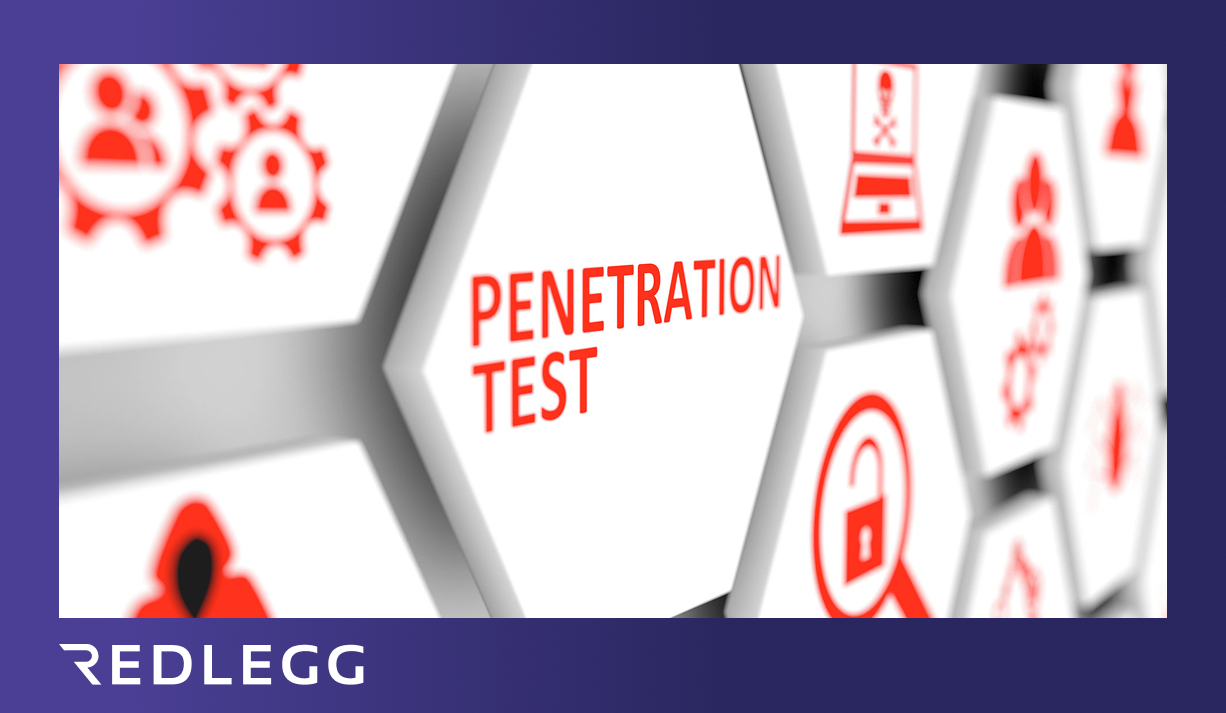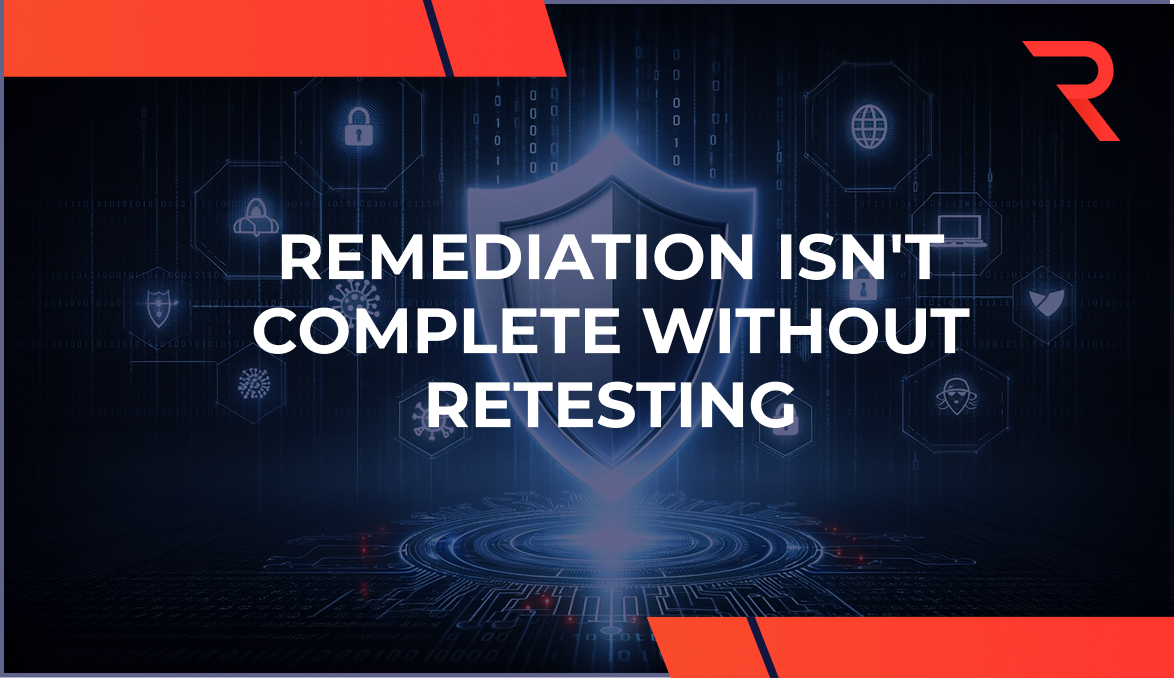20 min read
By: RedLegg Blog
While connectivity is an essential lifeline of modern-day enterprises and institutions, we can't forget that it also exposes financial and personal information to potential vulnerabilities through devices, apps, systems, and networks. We can even go so far as to say that it's not a matter of if you will have a cyber attack, but when.
During the third quarter of 2024, more than 422 million data records were exposed worldwide through data breaches. How can you safeguard your business data and networks from becoming a statistic on these cybercrime reports?
A rapidly evolving threat landscape requires continuous monitoring of external and internal environments to identify potential weaknesses and plug them before malicious cyber threat actors can exploit them—it's a race against time and a battle of wits!
Vulnerability scanning is a fundamental tactic for maintaining a strong security posture.
In this article, we discuss how you can effectively integrate vulnerability scanning into your organization's security practices and how RedLegg supports you with a robust vulnerability scanning toolkit tailored for your organization.
How Does Vulnerability Scanning Work?
Vulnerability scanning—often called a vuln scan by cybersecurity professionals—is a proactive approach that evaluates your current security posture to uncover potential weaknesses in your network, systems, or applications. Cyber threat actors can exploit these weaknesses to gain unauthorized access to sensitive data.
Even one overlooked vulnerability can be enough to expose your environment. And attackers don’t wait—they use the same vulnerability scanning tools to sweep the internet for openings across countless organizations. Once they find a gap, they act fast.
So, how does vulnerability scanning work?
The process starts with a vulnerability scanner, a software tool that inspects your attack surface—servers, endpoints, firewalls, cloud assets—for signs of known security issues. The scanner compares system details against a constantly updated database of known vulnerabilities, including outdated software versions, weak configurations, missing patches, open ports, and other flaws.
Once complete, the scan generates a report that includes:
- A list of discovered vulnerabilities
- Severity ratings or risk scores
- Suggested remediation steps
- Insight into exposed services, malware traces, or insecure remote access settings
Then, your IT team or a third-party provider like RedLegg interprets these findings. Prioritization is key—risk scores help you focus efforts on the most critical vulnerabilities first.
Vulnerability scanning in cyber security isn’t just about detection—it’s about improving your defenses with each scan cycle. When paired with RedLegg’s penetration testing services, it becomes part of a larger strategy to uncover weaknesses and take decisive action with clear, prioritized guidance.
Click here to find the gaps in your security infrastructure.
Categories of Network Vulnerability Scans
Network vulnerability scans can be categorized broadly into non-intrusive vulnerability scans and intrusive vulnerability assessments based on the end goal of the scan or assessment.
Let's look at two broad scan methods:
Non-intrusive vulnerability scans
This method identifies a vulnerability and generates a report for the user to fix it. The scanning software identifies the vulnerabilities without exploiting them or causing any disruption to their everyday operations.
Intrusive vulnerability assessments
Intrusive assessments go beyond merely identifying vulnerabilities. They actively create an attack plan and exploit the vulnerability in a simulated attack to demonstrate its potential impact and consequences.
It evaluates how well an organization's defenses can withstand different threats.
Penetration testing is an example of an intrusive assessment.
Learn more about RedLegg's penetration testing services here.
Some may argue that intrusive assessments must be cautiously used as they disrupt processes and operational systems in the network, which can lead to issues for your organization as well as your customers. However, remember it's better to sweat during peace than bleed during war!
This means system downtime or operational disruption during a controlled simulation is far better than widespread disruption and disastrous consequences of a hacker exploiting a security vulnerability.
These two categories of vulnerability scans offer two perspectives: Non-intrusive scans identify vulnerabilities that attackers from outside the organization might exploit, while intrusive methods show what an attacker with insider access could do. Both play vital roles in your security strategy, so it's best to integrate both these methods to develop comprehensive and effective strategies to enhance your overall security posture.
RedLegg offers vulnerability scanning and penetration testing solutions unique to your people, processes, and technologies.
Test your business's security from every angle with RedLegg!
Types of Vulnerability Scanning
Different types of vulnerability scans serve their own purposes and are equally vital for improving the security posture of your network.
External vulnerability scans
External scans target areas of an IT ecosystem exposed to the Internet—resources that are publicly accessible and don’t require internal authorization.
These areas can include applications, ports, websites, services, networks, and systems that external users or customers can access.
These scans play an essential role in identifying vulnerabilities that attackers can exploit from outside your organization.
They commonly detect exposed services, outdated web applications, SSL misconfigurations, open ports, and weak or default credentials—issues that can lead to denial-of-service attacks, data breaches, or unauthorized access.
External scans help you proactively secure internet-facing systems and public resources to avoid disruptions and compromise.
Internal vulnerability scans
Internal scans search for and identify vulnerabilities inside the network. Malicious actors may not always attack your network from the outside—they can gain insider access or breach perimeter defenses through phishing, malware, or stolen credentials.
Internal scans analyze the security of devices and systems within your network and provide a defense-in-depth approach to mitigate internal threats. These scans often detect weak access controls, unpatched software, insecure protocols, misconfigured endpoints, and vulnerabilities in internal applications or shared services.
Internal scans help protect critical assets not covered by external assessments and reveal blind spots that external scans may miss.
Environmental vulnerability scans
Environmental vulnerability scans are a type of vulnerability scanning in cybersecurity that takes into account the specific technologies and operating conditions within your organization or industry. These scans are tailored to technologies like IoT devices, websites, cloud environments, mobile platforms, and virtual infrastructure.
They often detect vulnerabilities tied to device firmware, cloud misconfigurations, exposed APIs, insecure containers, or mobile app flaws—areas with unique security risks not addressed by standard scans.
Each category and type of network vulnerability scanning serves a distinct purpose. Deploying scans and assessments of various types gives you a holistic perspective of your vulnerabilities and current security posture.
You can then devise a well-informed strategy and take proactive measures to reduce risk, secure your network and systems from both internal and external threats, and improve your organization’s resilience to attack.
Want to see a sample report?
Download your free sample report to see how an external and internal penetration test can help better protect your company from a breach.
Don't know how to read a vulnerability assessment report? Read this article and get a step ahead in your cybersecurity assessments!
RedLegg: Leveraging Vulnerability Scanning for Stronger Security
Vulnerability scanning is an important first step to fortifying your cyber defenses.
Scanning and analysis provide information and vulnerability discovery that can help fine-tune a penetration test, giving you the greatest return on your security testing investment.
RedLegg offers comprehensive assessments for all industries, protecting networks, applications, and physical environments with managed vulnerability scanning services.
Our solid methodology includes manual and automated testing to find vulnerabilities that automated tools cannot see. Our cybersecurity experts help you understand the implications of your findings and give you actionable steps for remediation for most exploited vulnerabilities.
Vulnerability detection is an essential component of their information security practices. Talk to RedLegg for a proven vulnerability scanning process that ensures you get high-quality results and provides you with the resources you need to move forward.
Whether it is for comprehensive security scanning, assessing threat vulnerability, threat intelligence services or managed security services, you can rely on RedLegg.
Connect with RedLegg's vulnerability testing experts today!
Want more? Read about vulnerability scanning best practices, or how to read a vulnerability assessment report. Better yet, listen to the webinar on quality vulnerability scans, assessments, and pen tests.
Featured Image: iStock.com/monsitj








